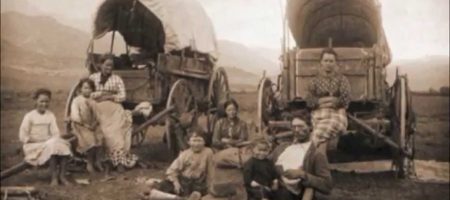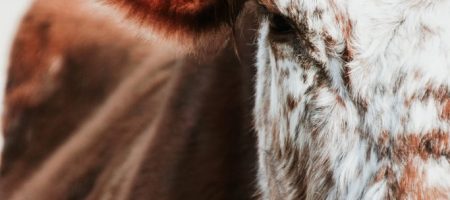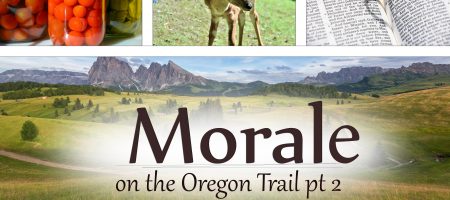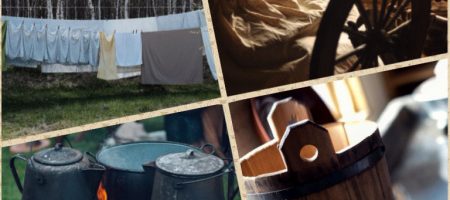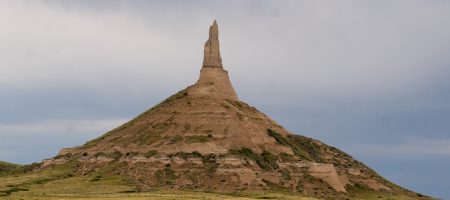Black-eyed Susan/ Rudbeckia Hirta
What is it? Across Oklahoma, there is a plant that has stumped many with its beauty leaving them baffled. This plant is called the Black-eyed Susan, and was used by many Native American Indians to cure worms, colds and flues, and even snake bites. As a warning, this plant is not entirely edible, and is somewhat poisonous to cattle, sheep, and pigs. This plant is also especially toxic to cats when swallowed!
Where to find it? This flower grows in many states such as Maryland, Oklahoma, and states surrounding Mississippi. It can happily grow in semi-shade or no shade. The Black-eyed Susan grows well in light, medium, and heavy soils. However, this flower needs moist soil to bloom healthily, so look nearby water sources for the best flowers to harvest.
What to eat? This plant is not commonly used to eat. Please do your own research for any edible parts to be consumed as a daily food. This plant was used however by Native Americans as a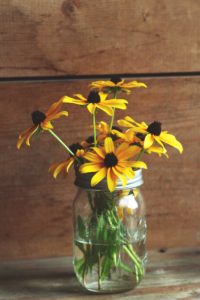 medical source.
medical source.
When to find it? This plant blooms normally during the late fall depending upon your location. In Oklahoma it normally starts blooming in late summer, sometimes even during the mid summer. The time for flowers can also vary on different kinds of the Black-eyed Susan.
What does it look like? When looking for the Black-eyed Susan, look for a miniature version of the Sunflower. Instead of a brown center of seeds, the center should be black. The petals can vary in color, but they are normally orange, red, or yellow. They can be almost six feet, but this is for a healthy plant. Most plants I have found are not very tall because they are not growing in a moist location where they can find enough minerals. Because they are used by the bees before winter, please try to avoid using too many flowers.
How to enjoy it? Even though it is not used as a normal food in salads, it doesn’t mean we can still us this plant. The Native Americans figured out a way to use this floral plant, so we can too! An infusion of the roots has been used to treat colds and worms for children. A warm version of this is used to treat sores and snake bites when wash on the area. Another way they used the plant was to take the root, make ooze, and use and few drops to treat earaches.




